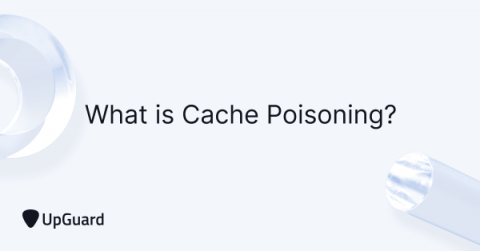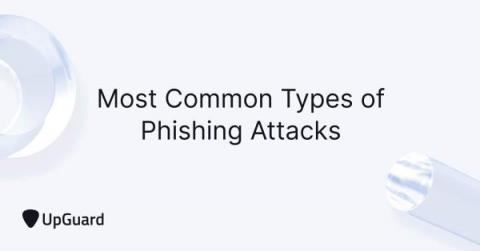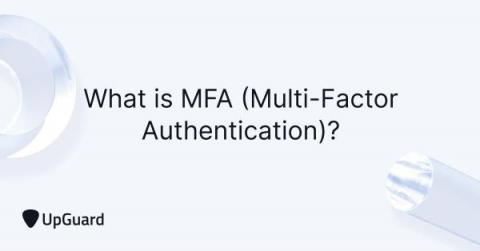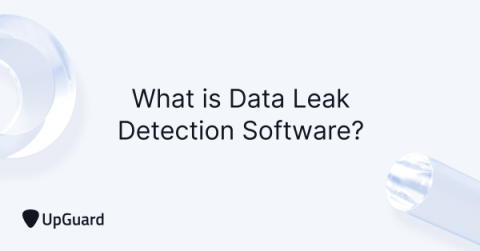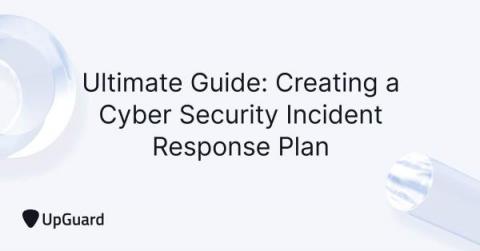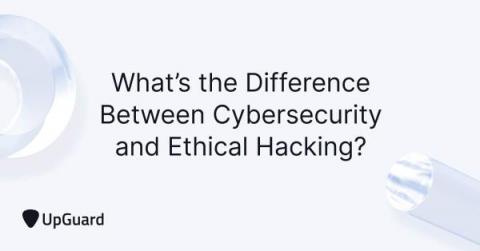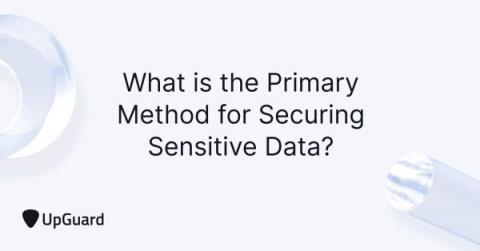What is Double Extortion Ransomware? And How to Avoid It
As the internet grows, so does the sophistication and capabilities of cyber attacks. Cybercriminals constantly develop new ways to exploit even the most complex networks and servers. One of the newer types of attacks caused major headlines in 2020 and continues to be a force to be reckoned with for even the largest companies and organizations. It's called a double extortion ransomware attack. Becoming a victim of these vicious attacks can lead to devastating consequences.




